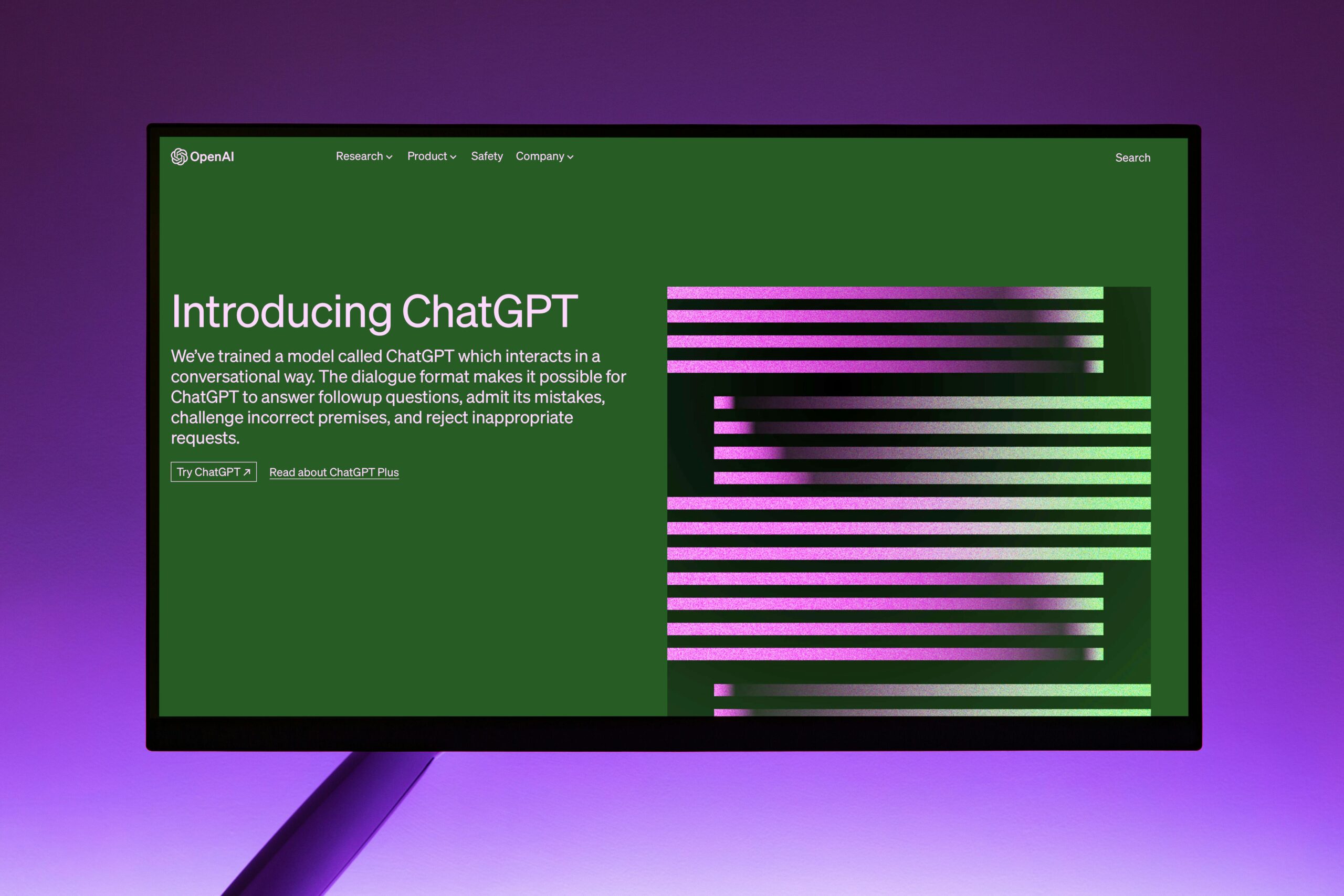Claude 2 and ChatGPT-4 Which AI Assistant is Right for Your Business
In the rapidly evolving world of natural language processing, there is certainly no shortage of advanced language AI assistants to choose from. Among these Claude 2 and GPT-4 distinguish themselves as formidable contenders, equipped with extensive parameters.
Claude 2 is unique in that it is the result of cutting-edge research in the nascent field of AI alignment. Anthropics Technology Corporation, a US-based company, developed this AI assistant to ensure that artificial intelligence is designed with human values in mind. Claude 2 is an advanced version of the initial Claude AI assistant.
ChatGPT-4, on the other hand, is the latest iteration of Microsoft’s popular conversational AI assistants. It was developed by a team of researchers led by OpenAI co-founder Sam Altman. The Chat series of AI assistants began with the release of GPT in 2018, which was designed to generate coherent pieces of text. ChatGPT-4 leverages the latest advancements in Natural Language Processing (NLP) and deep learning techniques, such as transformers, to understand and generate human-like language.
In this article, we’ll take a closer look at the nuances of the Claude 2 vs GPT-4 showdown and explore the potential impact on small businesses that utilize these AI assistants.
Claude 2 and ChatGPT-4 Which AI Assistant is Right for Your Business
TOGAF is essential for organizations seeking to align their IT strategies with their business goals, improve their efficiency, and reduce costs. It also helps ensure consistency, standardization, and interoperability across the organization’s IT systems.
Harnessing the Potential: AI Assistants in Action
Claude 2 vs ChatGPT-4: A Critical Evaluation of Two Mighty Assistants of Language Processing
Understanding the Design & Values of Claude 2 and ChatGPT-4
Evaluating Accuracy & Quality: A Comparison of Claude 2 & ChatGPT-4

Data Processing & Insights: How Claude 2 & ChatGPT-4 Stack Up
Add Your Heading Text HereStrengths and Weaknesses: Claude 2 vs ChatGPT-4 in Marketing Strategy and Content Generation
Conclusion:
In conclusion, choosing the right AI tool for the job is essential. When it comes to content creation, Claude 2 has proven to be a standout choice, with its advanced language generation abilities and impressive readability score. However, in applications that require data processing and code interpretation, ChatGPT-4 stands out as a strong contender, with its powerful data analysis and manipulation capabilities. It is crucial for marketers, content creators, and businesses to carefully consider the specific task at hand when selecting an AI ally, taking into account the strengths and weaknesses of different AI assistants for the job. Ultimately, the use of high-quality AI assistants can help streamline complex tasks, boost productivity, and unlock new insights – so be sure to choose wisely.
